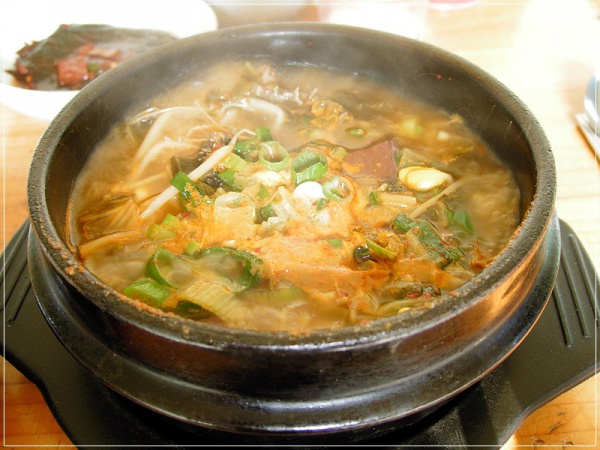Facts About Ttukbaegi
A ttukbaegi is a type of Korean earthenware renowned for its brown-toned ash glaze, called oji-gureut. This small, black to brown pot is a kitchen staple in Korea, primarily used for cooking jjigae (stews), gukbap (soup with rice), and other boiled dishes. One of its standout features is its exceptional heat retention, keeping your meal hot long after it's been taken off the stove.
The origins of the ttukbaegi can be traced back to the Goryeo Dynasty, and it has been in continuous use since the Joseon Dynasty. Its presence is even memorialized in a poem from the Goryeo period, highlighting its long-standing role in Korean culinary traditions.
There are two main types of ttukbaegi, distinguished by their production process and appearance. The Oji ttukbaegi is coated with lye, giving it a solid black color. In contrast, the Jil ttukbaegi is not lye-coated and resembles more traditional pottery.
There's even a Korean proverb inspired by the ttukbaegi: "Soybean paste stew tastes better than a ttukbaegi looks." This saying serves as a reminder not to judge something by its appearance alone, as the humble-looking ttukbaegi can produce incredibly delicious meals.

 North Korea
North Korea